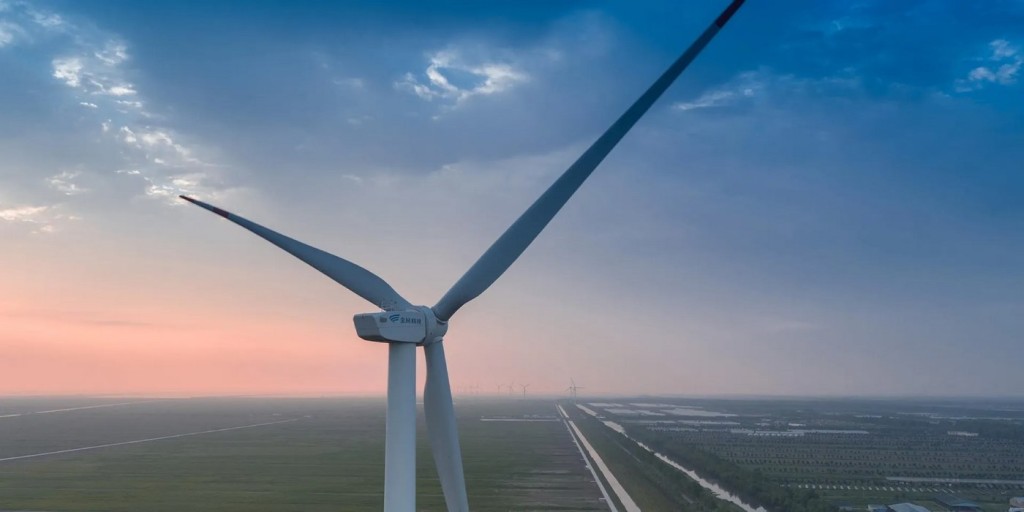
Reprinted via EarthTalk®, From the Editors of E – The Environmental Magazine
What is wind repowering and why are environmentalists so bullish on it?
While wind power has been a staple in renewable energy from the beginning, many of the original and old wind turbines have begun to show signs of aging.
Wind repowering is fixing this, by revamping old turbines with more efficient components, or putting in new, state-of-the-art turbines as a whole.
These new components can more efficiently power a turbine, reduce noise, and a deliver a higher overall energy output.
For example, Denmark became an early adopter of wind repowering, with a 1.3 GW gain in capacity and a reduction of 109 wind turbines, enabling substantially increased wind energy production with fewer turbines.
This promising data prompted a surge in wind repowering projects there—and already four years ago, 86 percent of wind energy projects there were classified as “repowered.”
Their signs of success and scalability showed other countries the benefits of wind repowering.
Now, the U.S. has more than 40 active wind repowering sites, with over 2,500 turbines having some type of renovation at any given moment.
CHECK OUT: Company Devises Ingenious Method of Repurposing Old Wind Turbines: ‘The perfect time’
This gale force of advancement, with help from large energy corporations like General Electric, is responsible for four gigawatts of energy, enough to power more than 30 million homes.
Why do eco-advocates support wind repowering so strongly?
Wind repowering has energy, financial, aesthetic and technological benefits. Not only does it make units more efficient, it also removes units that might be aesthetically unpleasing, or in less efficient spots than they could be.
MYTH BUSTER: Not a Single Collision for Seabird Populations in Offshore Wind Farm Says $3M Radar Study
Wind repowering also increases the lifespan of turbines by as much as 20 years, and reduces the need for maintenance. Repowered turbines are also quieter, sleeker, and produce considerably more energy.
So, while there are many types of repowering efforts for other renewable energy sources, none are as comprehensive or successful as wind repowering. Not only is it a comprehensive option for revamping clean energy, but it doesn’t require the entry costs of building new wind farms.
We invite readers to call local officials or urge any nearby wind farms to look into wind repowering—and build on all the success.
EarthTalk® is produced by Roddy Scheer & Doug Moss for the 501(c)3 nonprofit EarthTalk. See more at emagazine.com. To donate, visit Earthtalk.org. Send questions to: question@earthtalk.org.




















